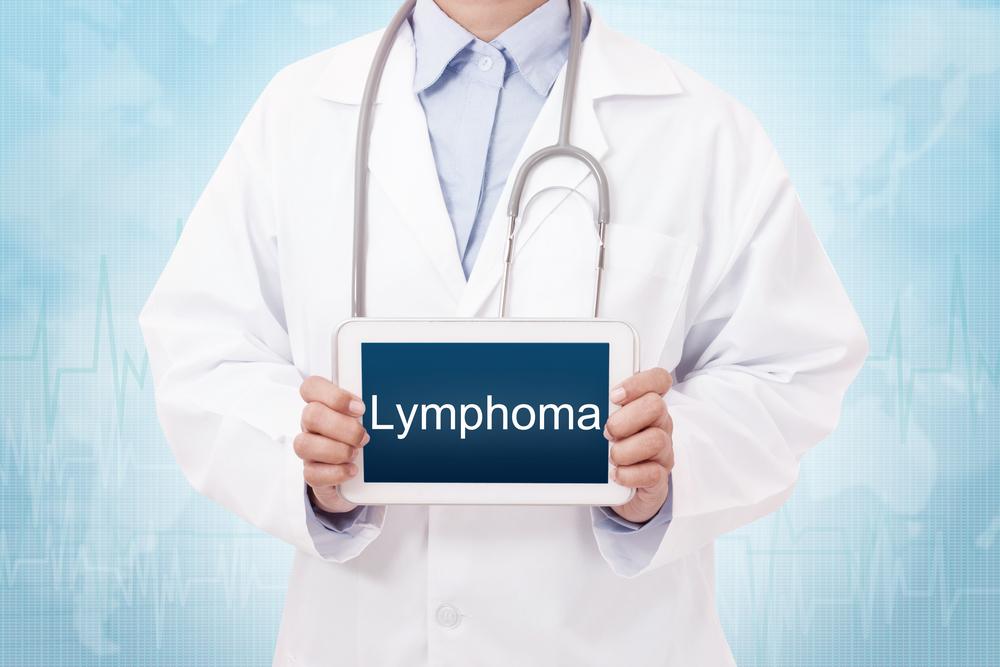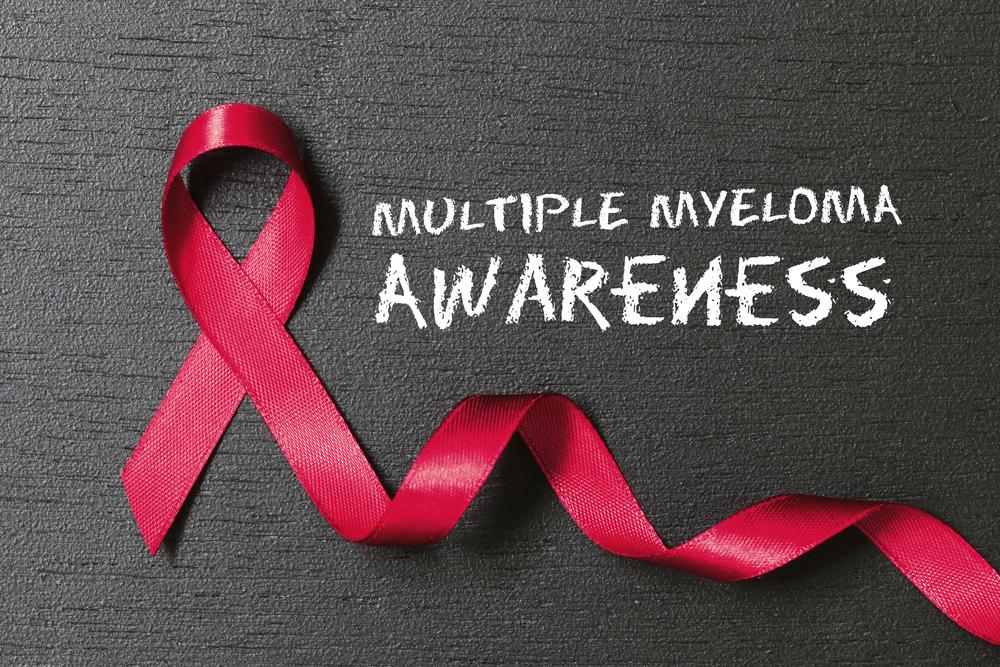Comprehensive Guide to Chemotherapy: An Essential Cancer Treatment Strategy
This comprehensive guide explores the essential aspects of chemotherapy, a cornerstone in cancer treatment. It covers drug selection, treatment planning, dosing, and management of side effects, emphasizing personalized strategies for effective therapy. Learn how chemotherapy is integrated with other treatments to improve patient outcomes and quality of life. With ongoing advancements, chemotherapy continues to evolve, offering hope to many patients worldwide.

Comprehensive Guide to Chemotherapy: An Essential Cancer Treatment Strategy
Chemotherapy is a term that is often associated with cancer treatment, but its applications extend beyond oncology. Broadly speaking, chemotherapy involves the use of drugs designed to treat a wide range of illnesses by targeting specific cellular processes. Within the realm of cancer care, chemotherapy plays a crucial role in combating malignant cells throughout the body, especially in cases where cancer has spread beyond its initial location. It is frequently combined with other treatment modalities such as radiation therapy and surgical procedures, creating a comprehensive approach aimed at improving patient outcomes.
Understanding the core objectives of chemotherapy is essential. Primarily, chemotherapy aims to eradicate cancer cells to achieve remission, but it also plays a vital role in controlling symptoms to enhance patient comfort and quality of life. When used palliatively, chemotherapy helps to alleviate pain and other distressing symptoms associated with advanced cancer, providing a better quality of life for patients with limited treatment options.
Before commencing chemotherapy, medical professionals undertake meticulous planning to ensure the most effective treatment strategy. This involves evaluating multiple factors to tailor therapy to each patient's unique needs and health status. The process of designing a chemotherapy regimen includes selecting appropriate drugs, determining the schedule of treatments, and adjusting doses to balance efficacy and safety.
Selection of Chemotherapy Drugs
Choosing the right chemotherapy agents is a complex process. Oncologists evaluate the specific type of cancer, its stage, and spread to other parts of the body. The patient's age, overall health, organ function, and previous treatments are also critical factors. For example, different cancers respond to distinctive drug combinations, and the presence of comorbidities can influence the choice of agents. Furthermore, molecular markers can sometimes guide targeted chemotherapy options, increasing precision in treatment plans.
Planning Chemotherapy Sessions
Once the drugs are selected, the treatment is organized into cycles. These cycles involve periods during which the chemotherapy drugs are administered, followed by rest periods to allow healthy tissue recovery. The specific timing and number of cycles depend on the type and stage of cancer, the drug regimen used, and the patient's response. Commonly, treatment schedules are personalized to maximize destruction of malignant cells while minimizing adverse effects.
Determining Dosage
Calculating the correct dosage of chemotherapy drugs is essential. Since these medications can be highly potent, precise dosing is crucial to optimize effectiveness and reduce toxicity. Dosages are typically based on the patient’s body surface area, weight, age, and overall health. This tailored approach helps to minimize side effects such as hair loss, nausea, fatigue, and immune suppression, which are common concerns during treatment.
Adjusting Treatment Plans
Throughout therapy, healthcare providers continually monitor patients for side effects and response to treatment. Severe adverse reactions may necessitate adjustments in the chemotherapy schedule, dose reductions, or drug substitutions. Supportive care medications, such as anti-nausea agents, growth factors, or antibiotics, may be prescribed to mitigate side effects and promote recovery between cycles. Maintaining open communication with the medical team ensures personalized care and optimal outcomes.
In conclusion, chemotherapy remains a cornerstone of modern cancer treatment. Its success depends on careful planning, precise drug selection, tailored dosing, and ongoing management of side effects. Advances in chemotherapy protocols and supportive care continue to improve survival rates and quality of life for patients battling cancer. As research progresses, targeted therapies and immunotherapies are complementing traditional chemotherapy, offering new hope for more effective and less invasive cancer treatments.





